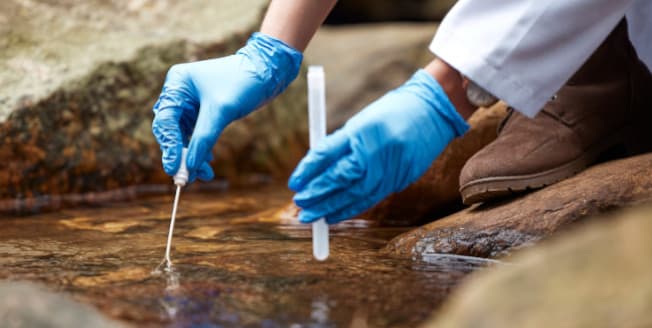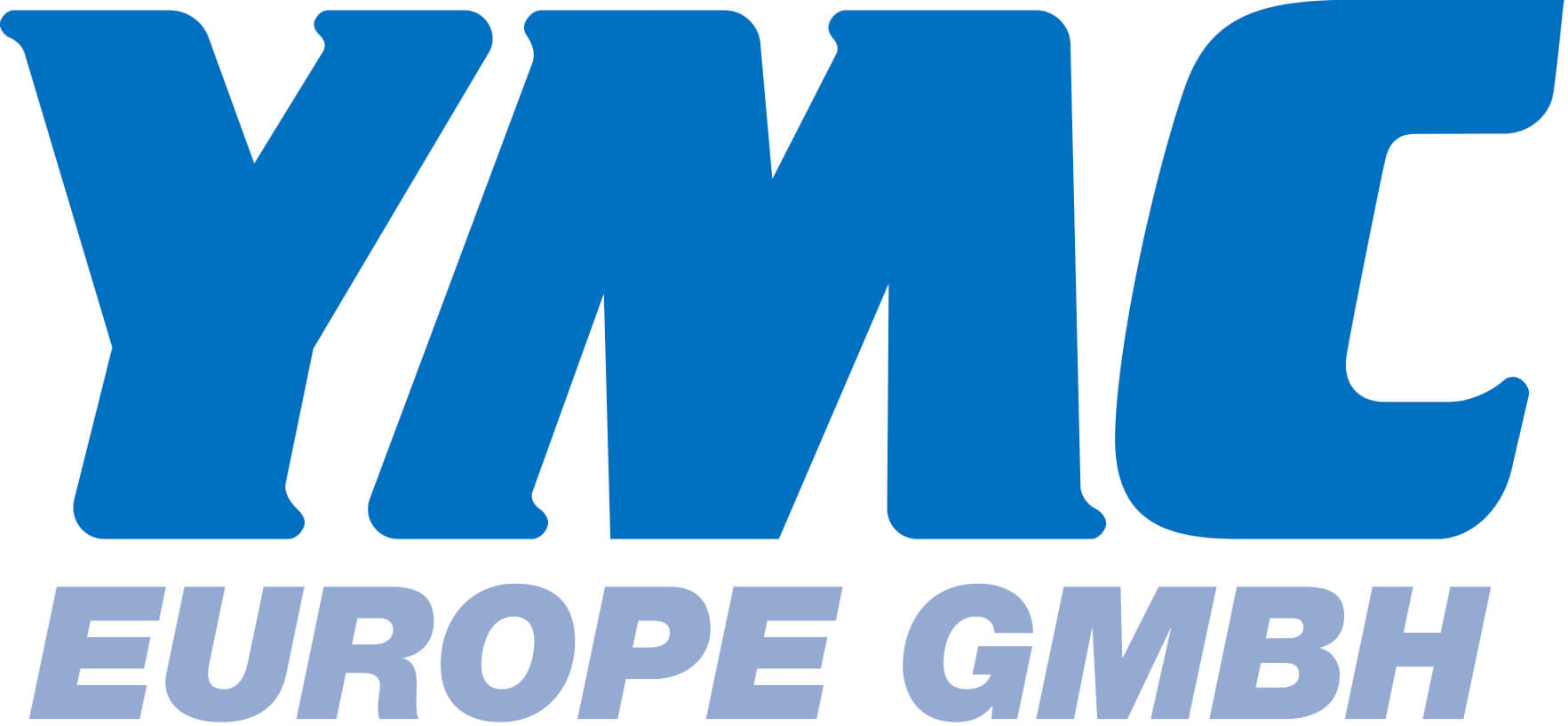
Halogenated acetic acids (HAAs) are among the most common water disinfection byproducts. Since these are presumably harmful to health, the US Environmental Protection Agency (EPA) regulates the levels of five haloacetic acids (monochloro-, dichloro-, trichloro-, monobromo- and dibromoacetic acid) to an overall maximum of 60 μg/L. The regulations of the European Union include another four haloacetic acids, with a maximum concentration of 80 μg/L for all nine HAAs combined [1].
High performance liquid chromatography coupled with electrospray ionisation tandem mass spectrometry (HPLC-ESI-MS/MS) is commonly used to achieve high sensitivity and selectivity. However, this detection technique is prone to matrix effects due to ion suppression or enhancement in the ionisation source.
This application note will demonstrate the analysis of nine HAAs by using inductively coupled plasma tandem mass spectrometry (ICPMS/MS) for detection, which is less prone to matrix effects [2]. Different types of water samples from Austria were analysed: tap water from Graz, groundwater from the Leutschach well and river water from the Mur.





